A Communicable Disease Refers To A Disease That Is
A communicable disease refers to a disease that is. These diseases can be common occurrences in school-age children due to the close proximity of children and adults in schools and childcare centers. Are pus-forming bacterial cells that form in long chains and can cause septisemia sometimes called blood poisoning strep throat rheumatic fever and other serious infections. This level is not necessarily the desired level which may in fact be zero but rather is the observed level.
Tuberculosis typhoid scabies plague skin allergies are are some examples of communicable diseases. A disease on the other hand is where there is impairment to host function as a result of damage or injury. Diseases that are considered eradicable today are.
People food animals or water can pass many infections from humans to humans or animals to humans. In 1981 the human immunodeficiency. The amount of a particular disease that is usually present in a community is referred to as the baseline or endemic level of the disease.
In this entry we look at the progress the world has made in eradicating diseases what makes a disease eradicable and which diseases we can hope to eradicate in the future. The prevention and control of the spread of communicable diseases is a particular concern in these. A communicable disease event with high public media or political interest in the EU follow-up requests by EU Member State European Commission EC or ECDC senior management teams SMT serious unusual or unexpected public health events or outbreaks of unknown origin.
A communicable disease refers to a sickness that passed through the transmission of infectious illnesses. Name few diseases caused by Protozoa. A communicable disease in contrast is one that can be spread from one organism to another Kelly wrote noting This includes the spread from person to person or animal to humans called a.
Defining communicable disease For the purposes of this guidance communicable disease refers to. Humans can pass infectious diseases to each other from touching or exchanging body fluids. Infectious diseases also known as transmissible diseases or communicable diseases comprise clinically evident illness ie characteristic medical signs or symptoms of disease resulting from the infection presence and growth of pathogenic biological agents in an individual host organism.
The term strictly refers to the transmission of microorganisms directly from one individual to another by one or more of the following means. In 1981 the human immunodeficiency.
Are pus-forming bacterial cells that form in long chains and can cause septisemia sometimes called blood poisoning strep throat rheumatic fever and other serious infections.
The amount of a particular disease that is usually present in a community is referred to as the baseline or endemic level of the disease. A disease on the other hand is where there is impairment to host function as a result of damage or injury. In 1981 the human immunodeficiency. Are pus-forming bacterial cells that form in long chains and can cause septisemia sometimes called blood poisoning strep throat rheumatic fever and other serious infections. Health conditions that must be reported to health authorities under state andor federal law such as hepatitis tuberculosis or syphilis. Communicable diseases may be caused by numerous different micro-organisms such as bacteria viruses fungi parasites and prions. A communicable disease refers to a sickness that passed through the transmission of infectious illnesses. People food animals or water can pass many infections from humans to humans or animals to humans. Polio Guinea worm disease lymphatic filariasis cysticercosis measles mumps and.
People food animals or water can pass many infections from humans to humans or animals to humans. In 1981 the human immunodeficiency. The amount of a particular disease that is usually present in a community is referred to as the baseline or endemic level of the disease. The prevention and control of the spread of communicable diseases is a particular concern in these. These diseases can be common occurrences in school-age children due to the close proximity of children and adults in schools and childcare centers. Are pus-forming bacterial cells that form in long chains and can cause septisemia sometimes called blood poisoning strep throat rheumatic fever and other serious infections. Infectious diseases also known as transmissible diseases or communicable diseases comprise clinically evident illness ie characteristic medical signs or symptoms of disease resulting from the infection presence and growth of pathogenic biological agents in an individual host organism.

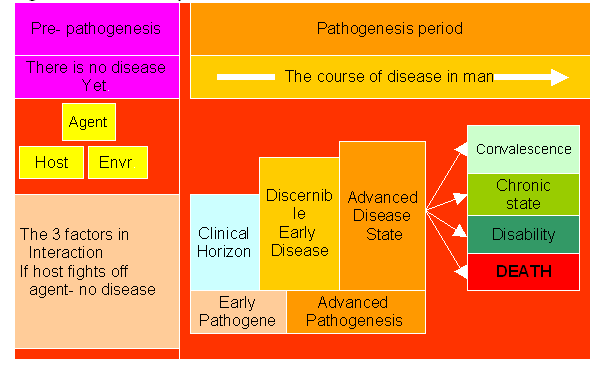





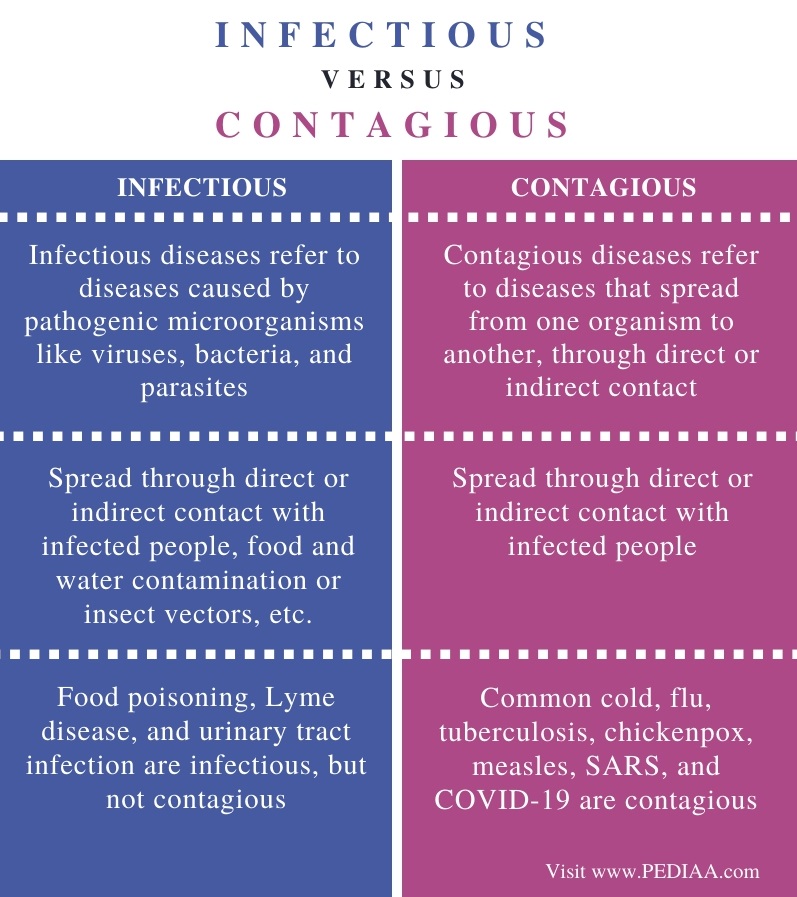
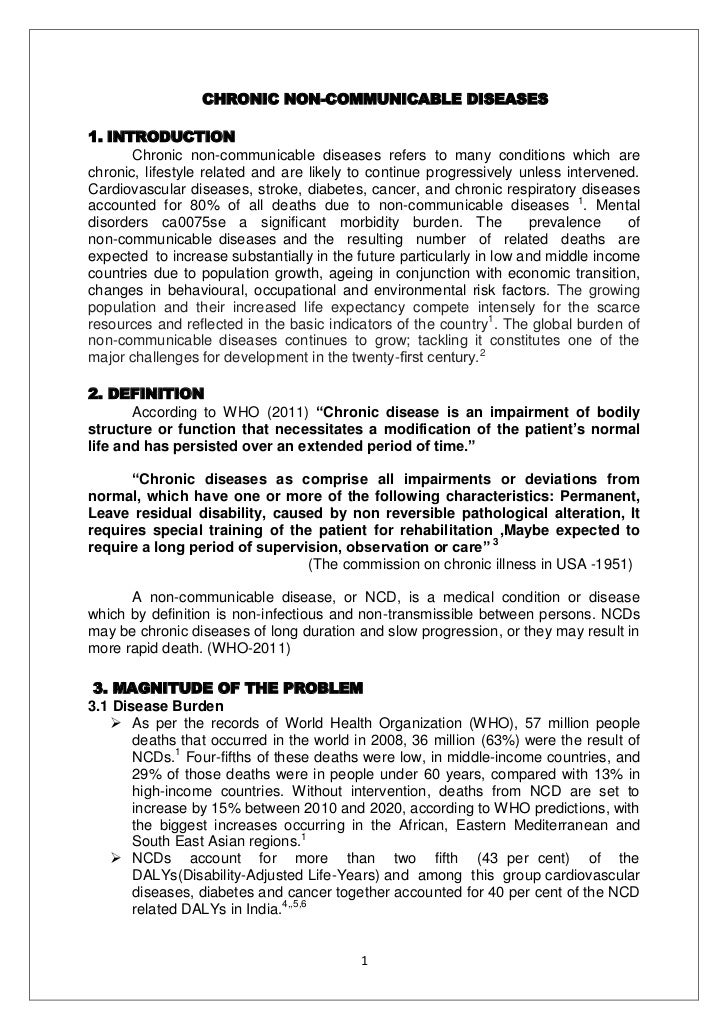
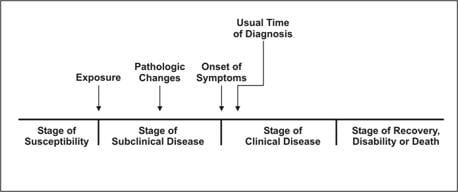

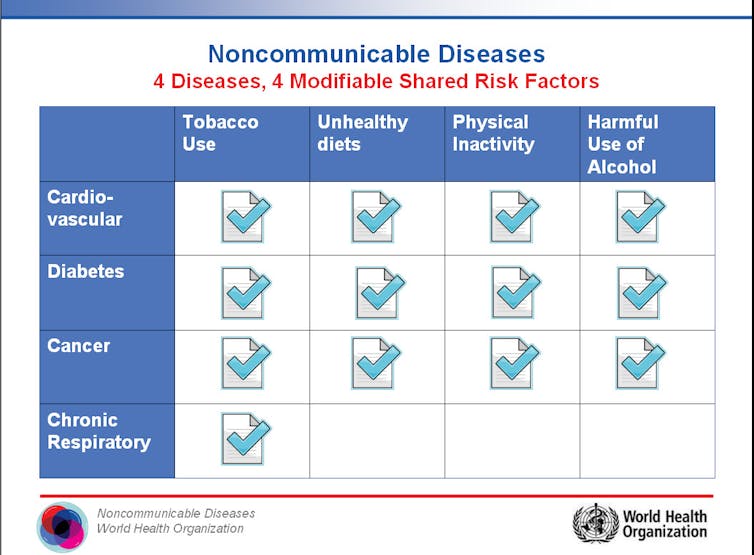
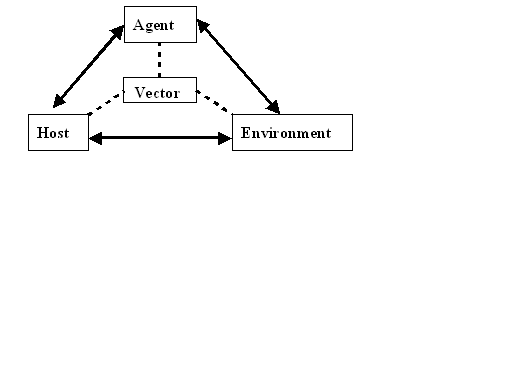



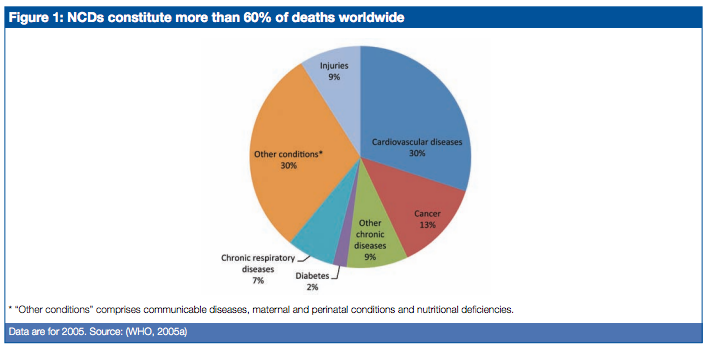

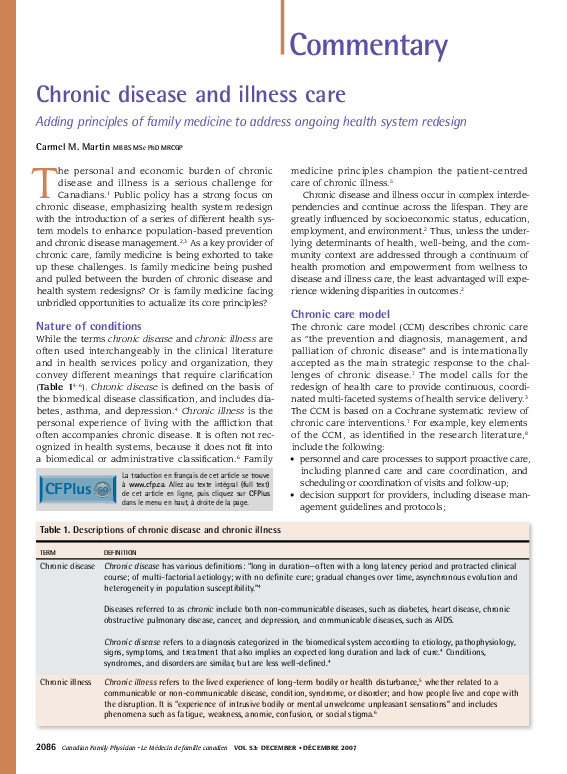
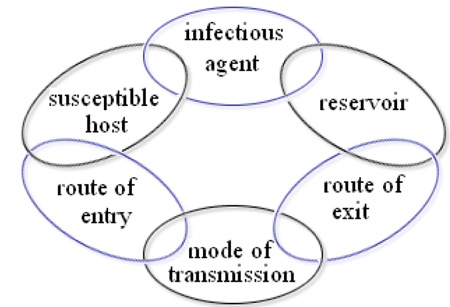







:max_bytes(150000):strip_icc()/VirusIllustration-59ce8c1303f4020011702d0a.jpg)




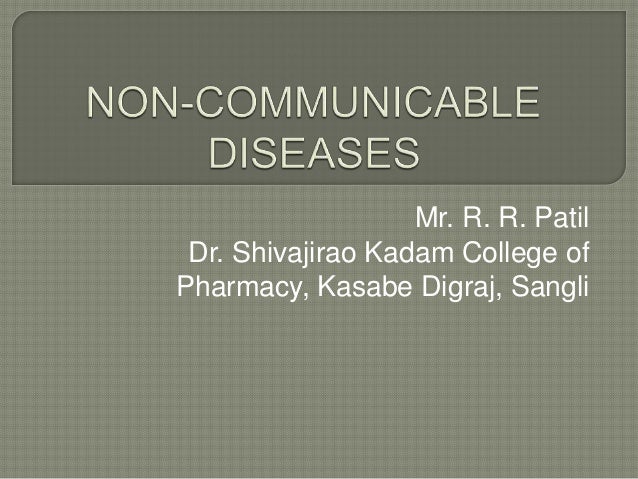
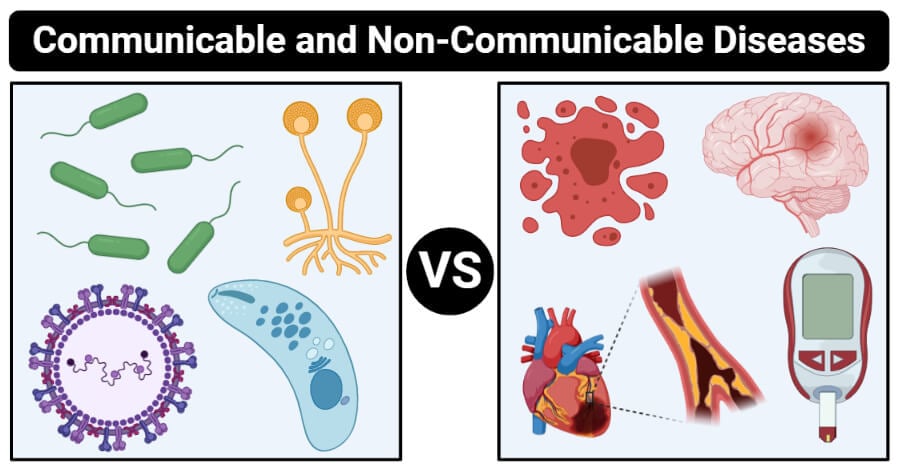


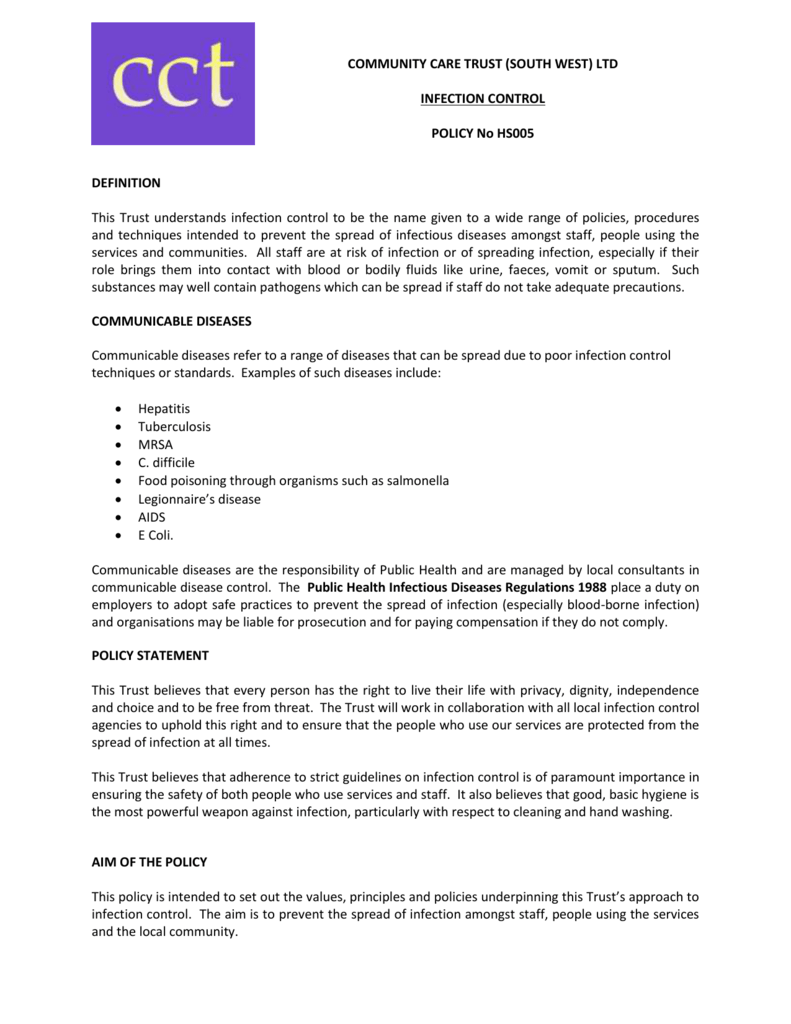


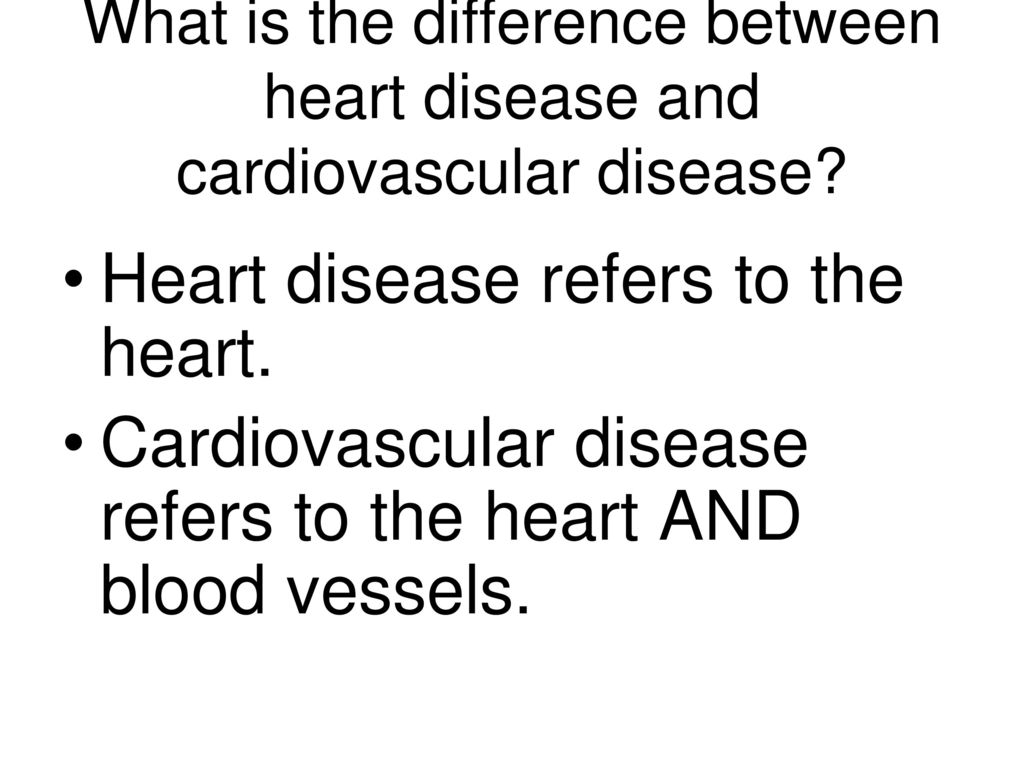


Posting Komentar untuk "A Communicable Disease Refers To A Disease That Is"